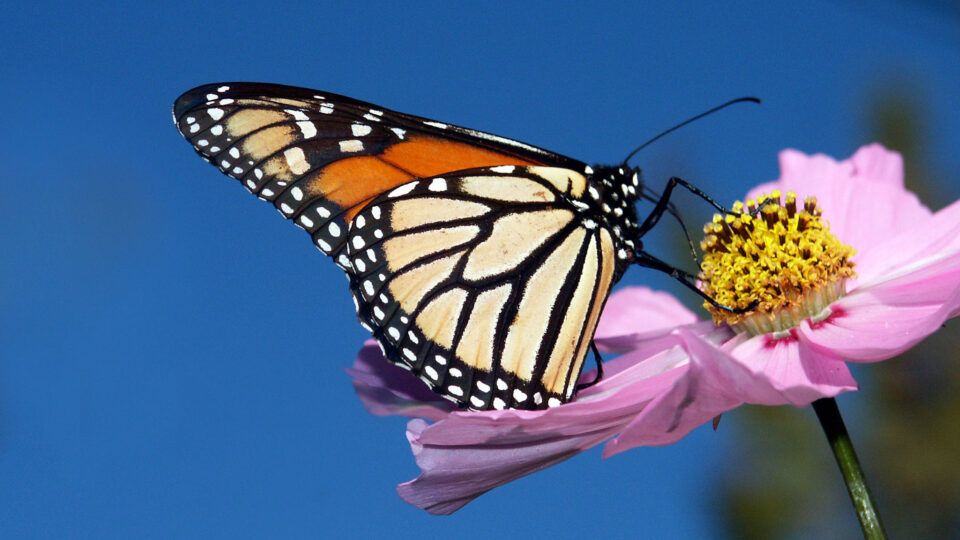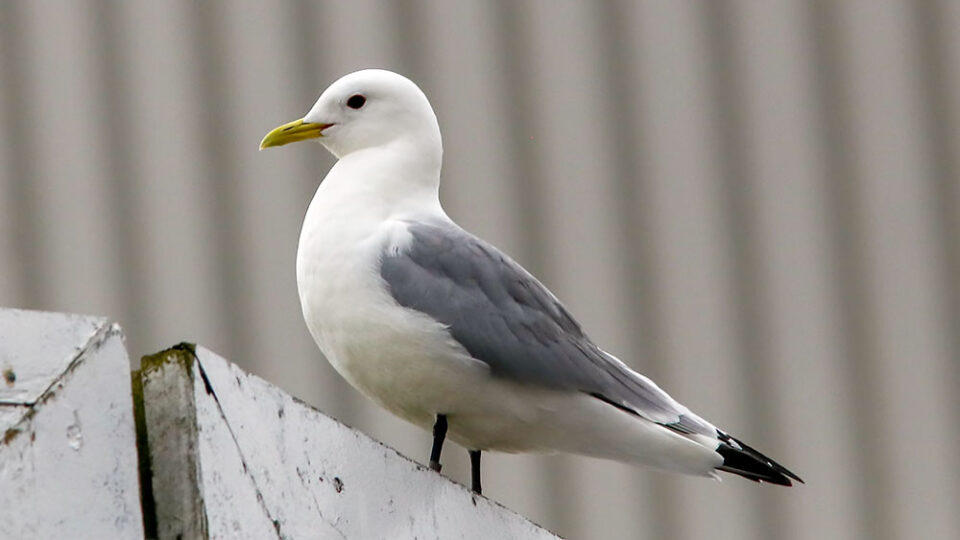Global insect populations have been in decline since the beginning of the 20th century. The decline accelerated during the 1950s and 1960s, and it has reached alarming levels during the past 20 years.
The causes of plummeting insect populations include habitat destruction, deforestation, climate change, light pollution, and the rise of industrial agriculture. This so-called insect apocalypse is being mirrored by a bird Armageddon because so many bird species depend on insects for their diets.
A still controversial, but increasingly likely factor in the decline of insect populations is the spread of non-native plants in agriculture, agroforestry, and horticulture. A recent study published in the journal Ecological Entomology presents recent data supporting the proposition that the widespread displacement of native plants is a key cause of insect declines.
Many insects depend on a limited number of plants for survival. In many cases, insects’ diets are restricted to a single plant family. When native host plants dwindle or disappear from an area, the population of insects that depend on those plants shrinks.
There are examples of insects that adopt introduced plants as food sources, such as silver-spotted skipper butterfly larvae feeding on invasive kudzu in the eastern U.S. But generally, the widespread incursion of non-native plants is harmful to native insect populations.
Non-native plants are especially popular for horticulture. Millions of acres of potential insect habitat have been transformed into food deserts for native insects. The authors of the recent study recommend that Americans should extensively include native plants in their yards to help preserve insect diversity.
**********
Web Links
How Non-Native Plants Are Contributing to a Global Insect Decline
Photo, posted May 2, 2004, courtesy of Bernard Spragg via Flickr.
Earth Wise is a production of WAMC Northeast Public Radio.


